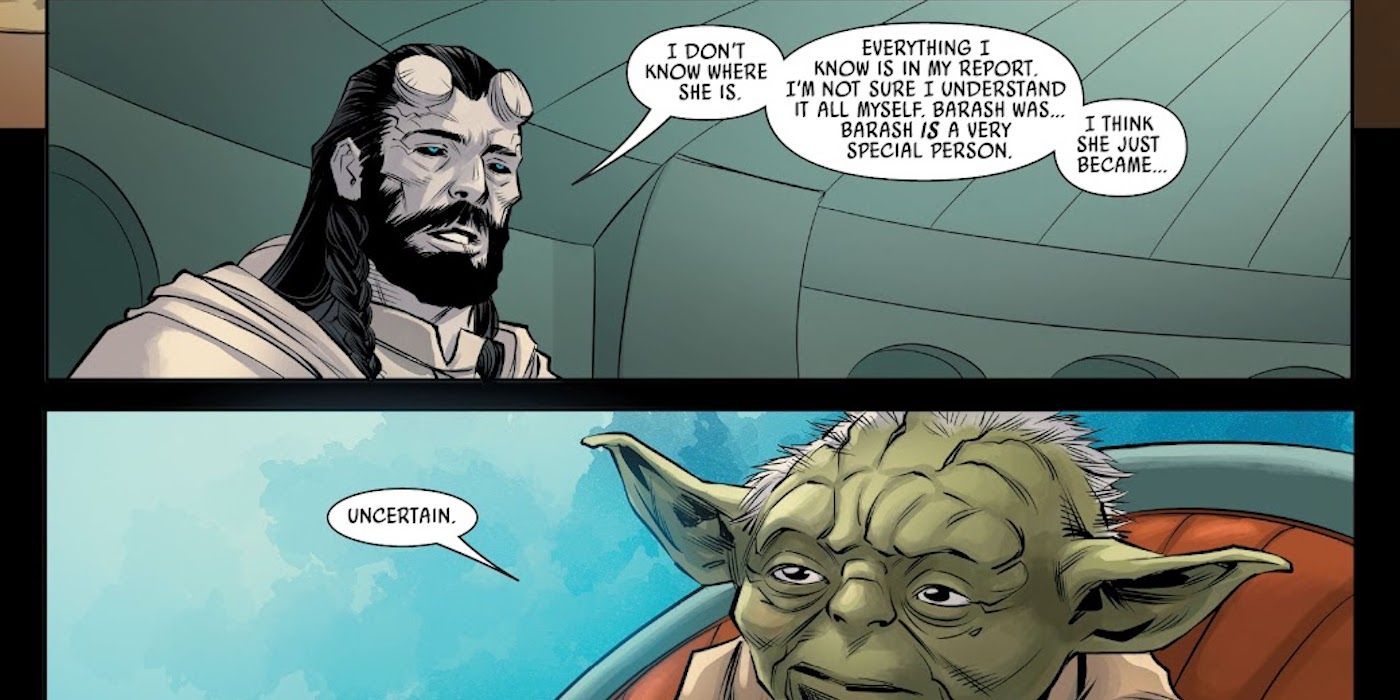Barash Vow History and Significance

The Barash Vow is an ancient Zoroastrian vow that holds immense cultural and religious significance. Its origins can be traced back to the teachings of the prophet Zoroaster, who lived in ancient Persia (modern-day Iran) around the 6th century BCE.
Barash vow is a sacred promise that binds one to a specific path. It’s a powerful commitment that should not be taken lightly. To learn more about the acolyte, a person who assists a priest or minister, you can watch the acolyte online free.
This will provide you with insights into the role and responsibilities of an acolyte. The barash vow is a reminder of the importance of dedication and service.
According to Zoroastrian beliefs, the Barash Vow is a pledge to uphold truthfulness, honesty, and loyalty. It is considered a sacred obligation that binds individuals to live a righteous life, free from falsehood and deception.
Barash vow, a form of pledging to abstain from something, is a concept that has been explored in various mediums. One such medium is Rotten Tomatoes , a website that aggregates reviews from critics and audiences to give a consensus on the quality of movies.
Barash vow can be seen as a way to abstain from watching movies that have received negative reviews, thus ensuring a more enjoyable cinematic experience.
Famous Individuals and Events
Throughout history, numerous notable individuals have taken the Barash Vow, including:
- King Darius I, who ruled the Achaemenid Empire from 522 to 486 BCE, is said to have taken the Barash Vow and inscribed it on the Behistun Inscription.
- The Sasanian king Khosrau I (531-579 CE) is also known to have taken the Barash Vow and used it as a symbol of his commitment to justice and truth.
The Barash Vow has also been associated with significant events in Zoroastrian history, such as:
- The Battle of Nahavand in 642 CE, where Zoroastrian forces fought against the invading Arab armies. It is believed that many Zoroastrians took the Barash Vow before the battle as a sign of their unwavering commitment to their faith.
- The founding of the Zoroastrian community in India, where the Barash Vow is still practiced today.
Barash Vow in Contemporary Society
The Barash Vow continues to hold significance in contemporary society, with its core principles and practices evolving to align with modern contexts and social norms.
Adaptations and Changes, Barash vow
Over the years, the Barash Vow has undergone certain adaptations and changes to accommodate contemporary sensibilities and societal shifts. These include:
- Greater Inclusivity: The vow has become more inclusive, extending beyond traditional gender roles and embracing same-sex couples and individuals from diverse backgrounds.
- Flexible Timelines: The traditional 40-day seclusion period has become more flexible, allowing for variations in duration and intensity based on personal circumstances and preferences.
- Increased Awareness: Modern technology and social media have played a role in raising awareness about the Barash Vow, making it accessible to a wider audience.
Impact and Relevance
The Barash Vow remains relevant in contemporary society, offering a framework for personal transformation, spiritual growth, and social harmony. Its impact can be seen in:
- Personal Growth: The vow provides an opportunity for individuals to reflect on their lives, cultivate self-awareness, and make positive changes.
- Strengthened Relationships: The vow encourages couples to deepen their connection, foster open communication, and build a stronger foundation for their relationship.
- Social Cohesion: By promoting values of compassion, forgiveness, and unity, the Barash Vow contributes to a more harmonious and supportive society.
Barash Vow in Literature and Art

The Barash Vow, with its profound themes of love, sacrifice, and societal norms, has found expression in various literary and artistic forms.
Literary Representations
In literature, the Barash Vow has inspired numerous works, including:
- Poems: Rudaki’s “The Cypress Tree” explores the plight of a woman forced to marry against her will.
- Plays: In Shakespeare’s “Romeo and Juliet,” the titular characters defy their families’ feud to elope, a parallel to the forbidden love in the Barash Vow.
- Novels: Khaled Hosseini’s “The Kite Runner” depicts the complexities of family, tradition, and forbidden love in an Afghan context.
Artistic Representations
The Barash Vow has also been depicted in visual art:
- Paintings: The “Barash Vow” by Iranian artist Mahmoud Farshchian portrays the dramatic moment of the lovers’ pledge.
- Sculptures: The “Statue of the Barash Vow” in Mashhad, Iran, commemorates the historical event.
- Other Forms: The Barash Vow has been depicted in miniatures, pottery, and other traditional Iranian art forms.
| Medium | Examples | Themes |
|---|---|---|
| Literature | Poems, plays, novels | Love, sacrifice, forbidden love |
| Art | Paintings, sculptures, miniatures | Historical event, dramatic moment, cultural significance |
Barash Vow, the latest installment in the Star Wars universe, introduces a new cast of characters, including the acolyte Osha. Played by [insert actor name] , Osha is a skilled warrior and a loyal friend. Her presence in the series adds a new layer of complexity to the Barash Vow storyline, and her interactions with the other characters promise to be both exciting and thought-provoking.
The Barash vow, a solemn oath taken by members of the Barash tribe, is a testament to their unwavering commitment to their ancestral traditions. Like Master Torbin , a renowned sage and master of ancient rituals, the Barash people hold their vows sacred, guiding their actions and shaping their destiny.
Barash vow, a promise to abstain from meat and alcohol for a specific period, is a spiritual practice often associated with purification and self-discipline. Like the ephemeral nature of flying spiders , the barash vow represents a temporary suspension of earthly desires, a flight from the material world to a realm of spiritual enlightenment.